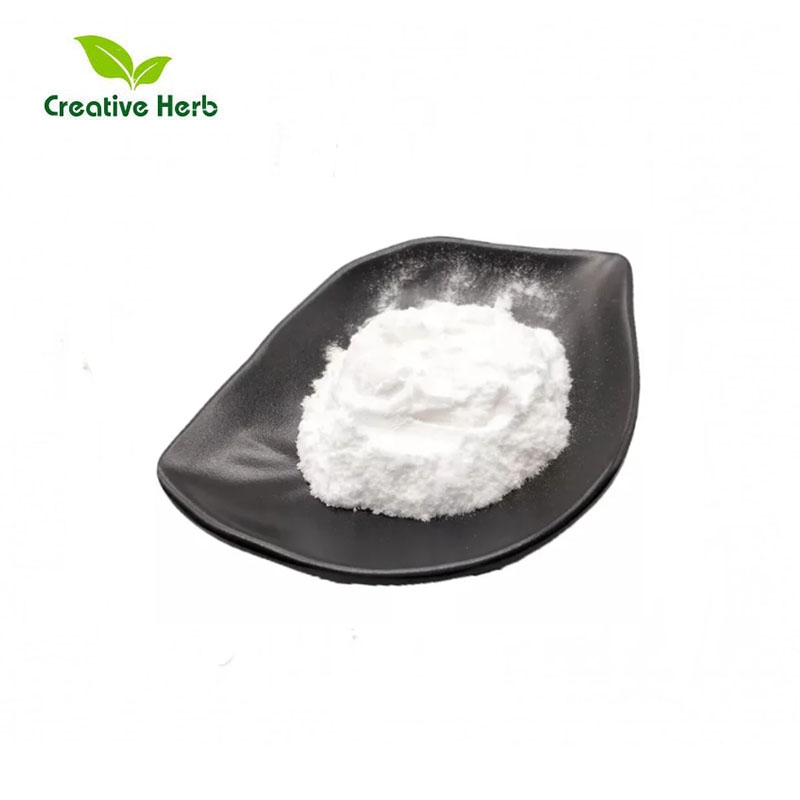-
Categories
-
Pharmaceutical Intermediates
-
Active Pharmaceutical Ingredients
-
Food Additives
- Industrial Coatings
- Agrochemicals
- Dyes and Pigments
- Surfactant
- Flavors and Fragrances
- Chemical Reagents
- Catalyst and Auxiliary
- Natural Products
- Inorganic Chemistry
-
Organic Chemistry
-
Biochemical Engineering
- Analytical Chemistry
-
Cosmetic Ingredient
- Water Treatment Chemical
-
Pharmaceutical Intermediates
Promotion
ECHEMI Mall
Wholesale
Weekly Price
Exhibition
News
-
Trade Service
August 27, 2019 / BIOON / - non muscle invasive bladder cancer is the tenth most common cancer in the UK and is difficult to treat The current treatment is invasive and often has unpleasant side effects The cancer also has a high recurrence rate - usually in a more aggressive form The researchers wanted to see if an unusual treatment - A virus that causes the common cold - could succeed in treating the cancer This is the first time the treatment has been tried and the researchers are very satisfied with the results The researchers used the virus to treat 15 patients with stage 1 bladder cancer, 14 of whom had shrunk in just one week The rest of the patients showed no sign of illness at all The most important thing is that there are no serious side effects Image source: the anti-cancer coxsackievirus used in this study, https://cn.bing.com, was used in earlier studies to treat skin cancer, but researchers want to test its potential in the treatment of non muscle invasive bladder cancer There is an urgent need for a more effective and less invasive treatment for this disease The study, published in clinical cancer research, shows that the Coxsackie virus may be the treatment From bacteria to viruses, about 10000 people are diagnosed with non muscle invasive bladder cancer every year in the UK The first step in treating these patients is to remove the cancerous tissue from the inner wall of the bladder For some, that's enough, but for others, excised tumor tissue suggests that they have a high risk of recurrence and are more aggressive For these people, live Mycobacterium tuberculosis (BCG) is often used for treatment BCG was first used to treat bladder cancer in 1970s It works by infecting the bladder and then pushing immune cells to the site of infection to attack cancer cells The problem with BCG is that it's hard to make, and the treatment has serious side effects - including pain, bleeding and fever - because it can inflame the entire bladder The difference with Coxsackie virus therapy is that it is limited, localized, and has few side effects The immune environment in the inner bladder, where non muscle invasive bladder cancer forms, is poorly understood We know it's not highly evolved, so the lining has limited protection against cancer Photo source: https://cn.bing.com is different from the cancer therapy injected into the blood (such as chemotherapy), bladder targeted therapy (the therapy used by the researchers) has the advantages of treating cancer directly and locally A catheter is inserted into the bladder and the virus is injected into the bladder for an hour Then you can take urine samples regularly to see if there is cancer cell death Coxsackie virus is a very small and primitive virus, which needs an anchor to infect and enter cells The anchor is a protein called ICAM-1, which is low in some normal tissues but high in bladder cancer Early laboratory tests showed that Coxsackie virus can kill cancer cells rapidly and in large quantities The virus previously considered for the treatment of bladder cancer has no specific target, is transgenic (Coxsackie virus exists in nature), and in previous experiments, patients' tumors were removed for treatment, so there is no tissue available to measure the effect of the virus Once in the cancer cell, the coxsackievirus replicates and kills the host cell Normal cells can kill viruses because they have a natural antiviral response (cancer cells have lost this ability) The replication virus can enter the adjacent cancer cells, so as to enhance its anti-cancer effect Virus factories as tumors turn into virus factories, viruses put pressure on cells before they kill them This causes infected cancer cells to sense danger and activate a variety of proteins to alert the immune system We see evidence of all of these features in tissue samples, where the production of these "immunogenic" proteins leads to the influx of a large number of immune cells, which are activated and effective cancer killers In fact, none of the patients in the study had side effects after being injected with the virus, which shows us that the virus only attacks cancer cells, leaving healthy cells intact The researchers examined the removed tissue after the operation and confirmed this Photo source: https://cn.bing.com the treatment is likely to be used in two-thirds of patients every year, all of whom have more serious diseases, but now more extensive research is needed to confirm the new finding The researchers hope to lead these efforts in the UK with several other cancer centers Reference materials: [1] blade cancer: how we used a common cold virus to defeat it [2] Overview - blade cancer [3] Brendan Curti et al Abstract ct114: the mitci (phase 1b) study: a new immutability combination of internal coxsackievirus a 2 1 and systematic ipilimumab in advanced Mexico patients with or without previous previous immune checkpoint therapy treatment Cancer Research DOI: 10.1158/1538-7445 【4】Nicola E Annels et al Viral targeting of non-muscle invasive bladder cancer and priming of anti-tumour immunity following intravesical Coxsackievirus A21 DOI: 10.1158/1078-0432
【5】Annels NE et al Oncolytic Immunotherapy for Bladder Cancer Using Coxsackie A21 Virus Mol Ther Oncolytics 2018 Feb 14;9:1-12 doi: 10.1016/j.omto.2018.02.001







